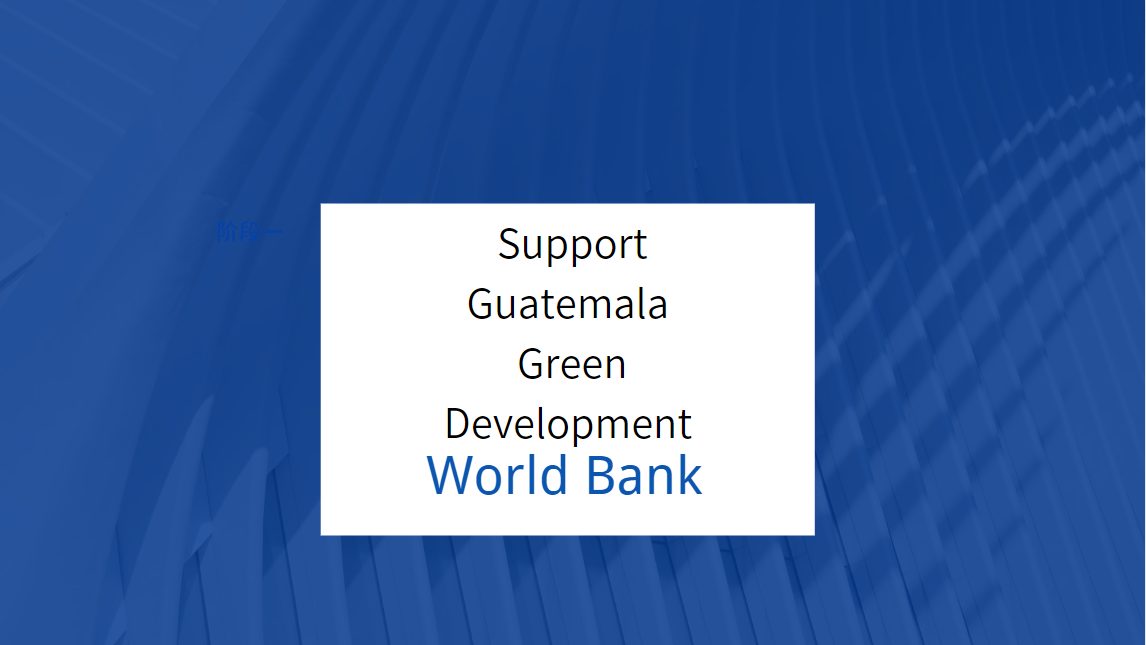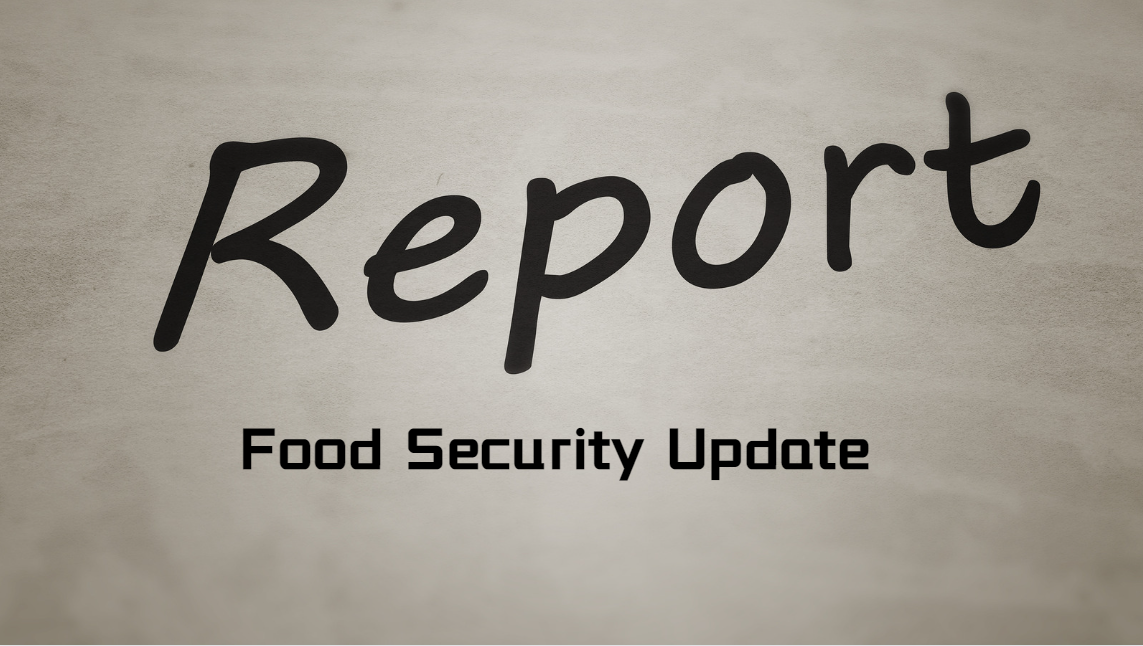World Bank Vice President Manuela V. Ferro's Remarks at the APEC Finance Ministers' Meeting 2022
The discussions were positive and productive, despite the global economic outlook:
The global economy is struggling with overlapping crises. The impacts of the pandemic still linger alongside the war in Ukraine, inflation, and financial tightening, as well as intensifying impacts from climate change.
Some countries are better prepared than others, and several economies in the Asia-Pacific region have been resilient so far, but all will struggle to cope with these global challenges.
World economic growth is projected to decline to 3.2 percent in 2022 and to 2.7 percent in 2023, from 6.0 percent in 2021, with poor and vulnerable countries bearing the brunt of the impacts.
The Bank estimates that as many as 90 million more people will experience extreme poverty this year because of COVID and price shocks. Many countries have limited policy space to respond after the pandemic, with public debt in developing countries now at a 50-year high.
Today’s challenges will also shape global development in the long-term. Governments are seeking a new balance between national security and openness which will affect the flows of trade, finance, people, and ideas. Expenditures on security and defense threaten to crowd out development spending, and concerns about energy security are affecting the climate agenda.
Set against these impacts, however, are new opportunities:
- In manufacturing, we are observing a diversification of global value chains, resulting in an increase in the share in US imports of countries like Chile, Mexico, Peru, and Vietnam.
- In services, digital delivery is rendering a wider variety of tasks more tradeable, and agreements on cross-border payments will boost trade in services among APEC members.
- The diffusion of digital technologies could also raise productivity and improve access to services from education to finance. Globally, the share of firms that increased the use of digital technologies rose from 31 percent at the beginning of the pandemic to 44 percent a year later.
- The increasing viability of green technologies could allow countries to cut carbon emissions and cope with new energy insecurity without unacceptable cuts in consumption or growth.
And while we work towards a low carbon future, simultaneous investments in adaptation will reduce the costs of climate change.
To grasp these opportunities and mitigate risks, there are a few clear steps that countries can take:
- Enhance the efficiency of fiscal policy in the face of growing public debt. More efficient, targeted support to households and firms would protect the vulnerable and create space for investment in infrastructure, health, and education. More efforts to mobilize resources, including by digitizing tax databases and payment systems would boost revenue collection.
- Encourage diffusion of technology through policy reform and investment. We need to close the digital divide – an estimated 2.7 billion people are still offline in 2022. Increasing domestic and international competition could also strengthen incentives for the adoption of productivity-enhancing technology by businesses. More than half the firms in Vietnam cite competition as the main reason for adopting new technologies.
- Eliminating energy policy distortions, such as those due to fossil fuel subsidies and adoption of carbon pricing, could encourage the adoption of green technologies. Malaysia’s recent green finance taxonomy, and those soon to be launched in the Philippines and Thailand, are examples of low-cost actions to catalyze capital for green projects.
- Strengthen prudential policies to mitigate risks from global financial tightening. Transparent and timely reporting of bank asset quality can help identify vulnerabilities and avoid financial misallocation due to prolonged crisis support measures. Financial regulation can also harness digital technologies to improve access without threatening stability.
To complement national efforts, we also need stronger international cooperation.
- One priority is the coordination of macroeconomic policy to manage the overlapping crises. During our Annual Meetings, addressing climate change, pandemic preparedness, and the food and energy crises were on top of our clients’ mind. There was strong support for scaling-up World Bank assistance, including to middle income countries. The APEC meetings are an important opportunity for intensifying multilateral cooperation on these and other challenges with a focus on solidarity and solutions.
- Serious efforts must also be made to advance debt relief. The World Bank is supporting the G20 Common Framework to assist countries with unsustainable debt. Comprehensive debt solutions need to involve debt suspension, reduction, resolution, and transparency.
- Trade negotiations that catalyze reform at home and secure access to markets abroad can build on the APEC model of open regionalism as well as the recent Regional Comprehensive Economic Partnership. One immediate step would be to refrain from restrictions on exports that lead to worse collective outcomes.
- Finally, climate action must be scaled up to lay the foundation for a sustainable and resilient recovery. The WBG has provided a record of $31.7 bn in climate financing in FY22 – but we need to do much more. The Bank’s climate analytics can help identify at-scale solutions to the climate challenge: Our new Country Climate and Development Reports focus on how countries can reach their development goals while also implementing their climate targets.
Across all issues, global cooperation remains central to overcoming our shared challenges. In this spirit, I wish you very productive APEC meetings.





















































First, please LoginComment After ~